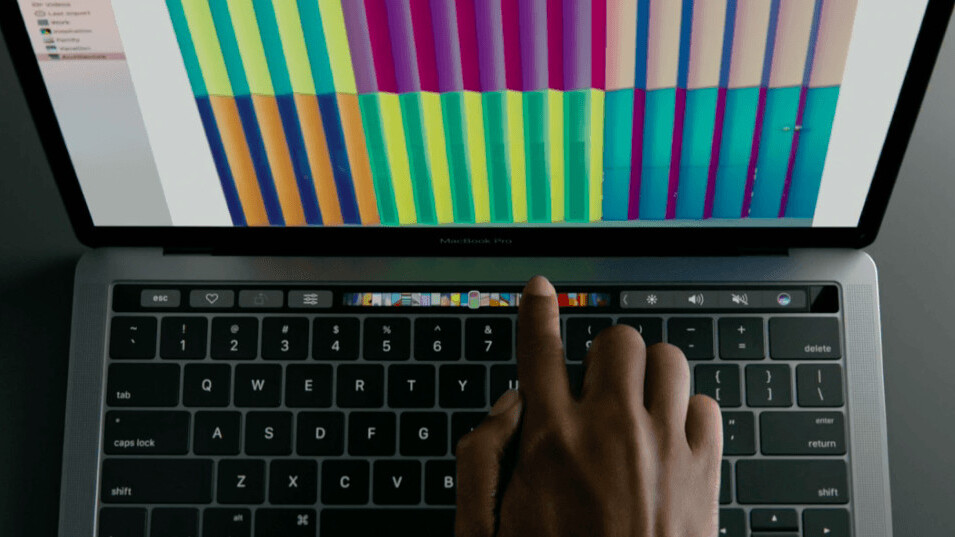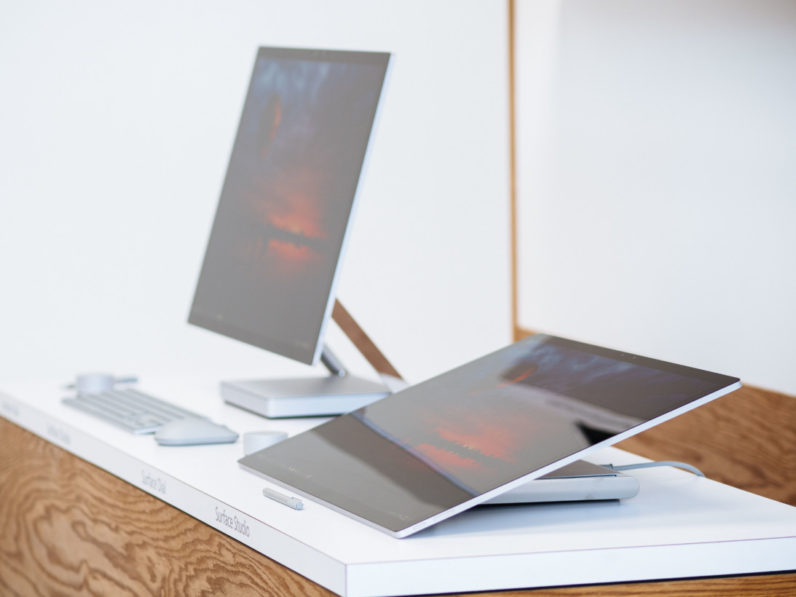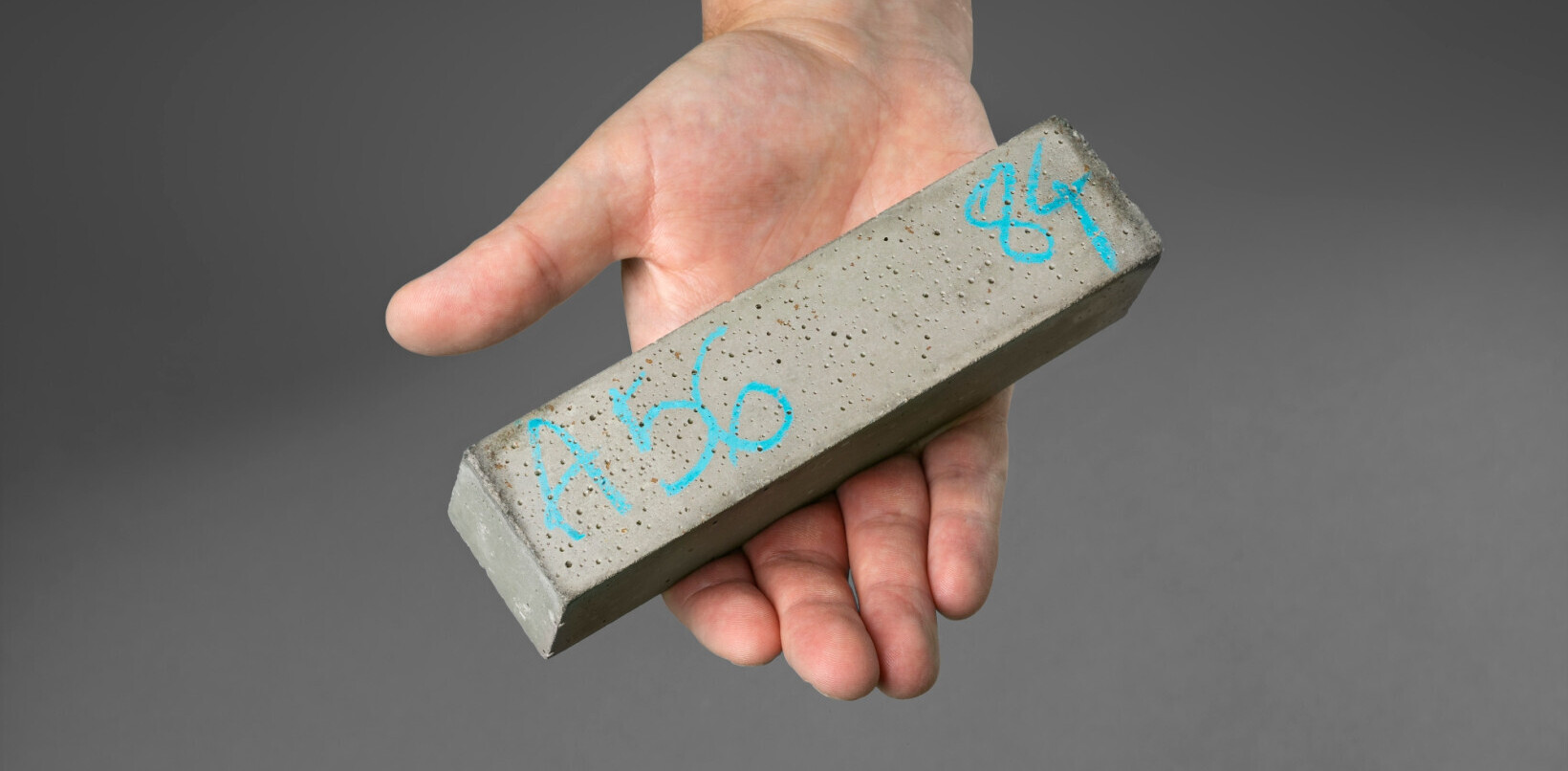
When Apple unveiled the Touch Bar on its new MacBook Pros, it prompted many a Windows user – including yours truly – to wonder “why include a small touch strip when you can have a real touchscreen?”
According to Jony Ive, touchscreen on a Mac just wouldn’t be particularly useful. At least, that’s what Apple’s head designer told CNET in an interview. When asked if Apple decided against a touchscreen MacBook Pro to avoid taking the ‘easy’ route and to differentiate from PC makers, Ive replied:
“When we were exploring multitouch many, many years ago, we were trying to understand the appropriate application and opportunities for [it]. We just didn’t feel that [the Mac] was the right place for that…. It wasn’t particularly useful or an appropriate application of multitouch.”
Ive seems to imply the same complaint levied at touchscreen laptops for a while: you just don’t end up touching the screen that often. But the real question is whether that’s because lifting your arm to touch the screen is really that uncomfortable, or macOS just isn’t properly optimized to support useful touch implementations.
Apple’s own portfolio seem to indicate the company thinks it’s the latter. With all the hubbub over touch screens and Touch Bars, lets not forget Apple already has the equivalent of a laptop with a touch screen: the 13 inch iPad Pro. That device is as big as laptop and relies almost entirely on touch for navigation, even more than similarly-sized Surface products.
If touch is appropriate on a giant tablet with a keyboard, but not a laptop with the same basic size and shape, then the answer comes down to the software.
Touch and the future
Windows users right now be like "my whole screen is a touchscreen tho" https://t.co/qzapDn9YN0 #AppleEvent #MacBookPro pic.twitter.com/HhUx8HLmyW
— Napier Lopez (@napilopez) October 27, 2016
Despite the above, I actually like the Touch Bar. It brings utility to a function row few people use beyond changing brightness and volume. But it’s no replacement for a touch screen, and it would be so much better to, you know, have both.
Touch is far from perfect on Windows, but it’s hard to live without it once you find useful implementations. It’s great to have in apps that support it – photo editing on my Surface Book is better than on my MacBook Pro because of it – but right now there just aren’t that many powerful apps with decent touch and pen support.
That’s slowly been changing though, thanks to Microsoft’s push for its Universal Windows Platform and the Surface line’s growing popularity (not to mention more clones popping up). And now, Microsoft is showing that touch has its place on the desktop for professionals too (with mixed reality a further goal down the road).

Both Microsoft and Apple recognize the need for input beyond the keyboard and mouse, but right now Microsoft is giving you the more flexible platform with much more room to grow. The Surface Studio and Dial were the highlight of the tech world last week, not the new MacBook Pros (if YouTube views and our traffic count for anything). I spent some quality time time with Microsoft’s devices, and it’s not hard to see how the interaction between touch and physical media provided by the Studio and Dial combo can make creative work both more efficient and fun.
Of course, the Studio is an expensive, niche product for creatives to buy and others to lust over, but that’s exactly what used to be Apple’s domain.
Moreover, its important to keep in mind the Studio runs Windows, which means it’s as much a template for other OEMs to replicate as it is its own product. In other words, touch outside of phones and small tablets is just getting started.
Perhaps Apple has seen Microsoft’s struggle to make touch work on laptops and decided it was best to leave that stone unturned. But when Jony Ive says touch wouldn’t be useful or appropriate on a Mac, what he’s really saying is that Apple isn’t willing to put the effort to make macOS touch-friendly.
Don’t get me wrong; at this point, it probably makes more sense to help iOS grow up into a full-fledged productive OS than to make macOS more like its smaller sibling. But with Microsoft proving that touch still has room to grow in workplace applications, it’s a shame Apple isn’t willing to go further than a little strip atop your keyboard.
Get the TNW newsletter
Get the most important tech news in your inbox each week.



